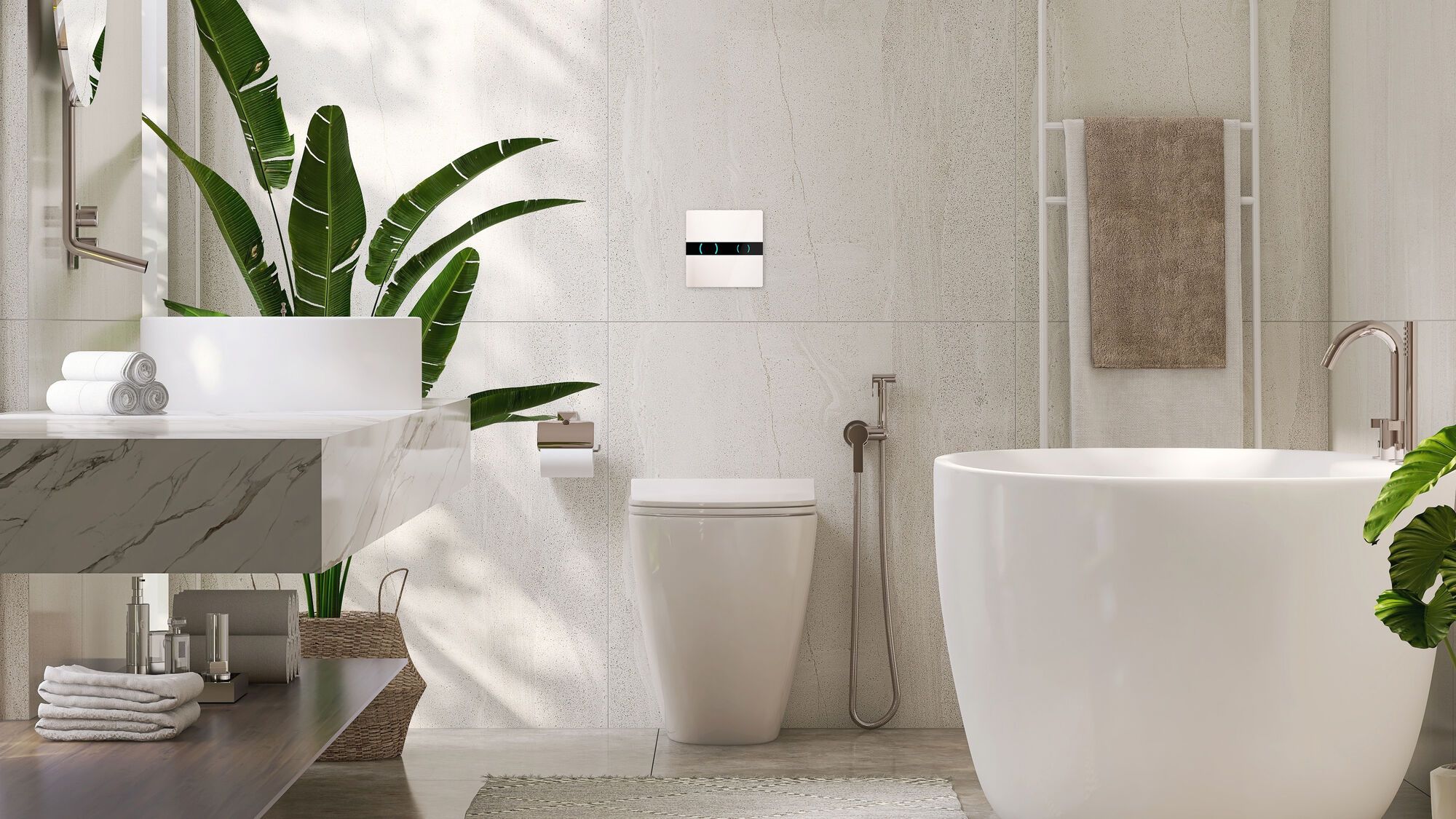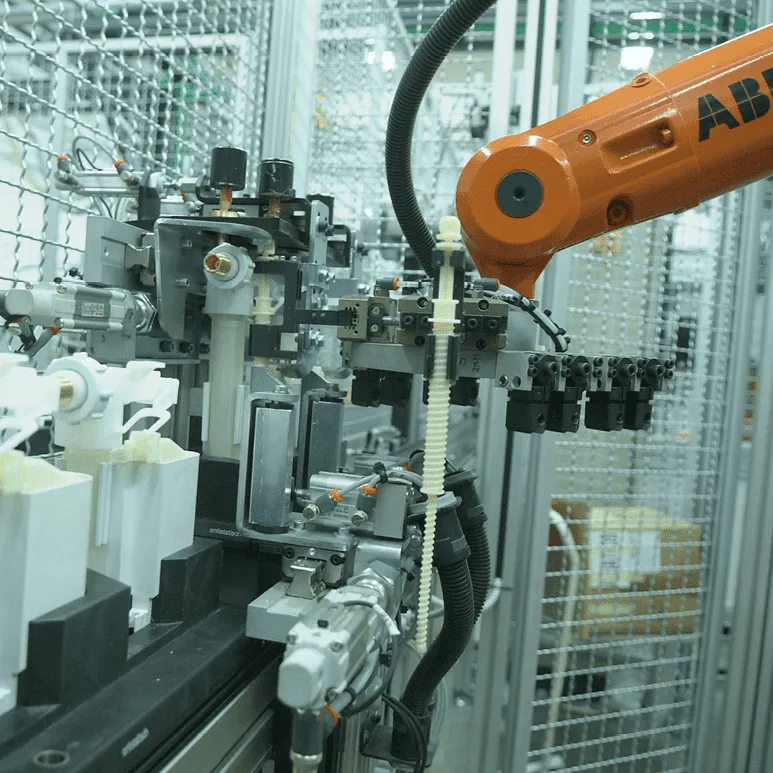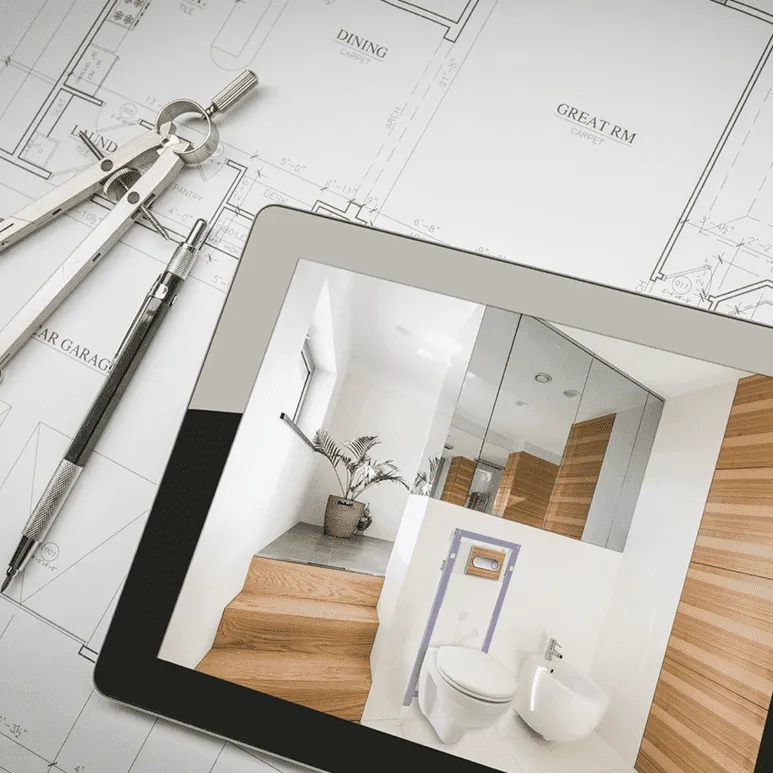
What to consider when installing a concealed cistern
Concealed cisterns offer numerous benefits, from space-saving aesthetics to water efficiency.
However, before installation, it’s essential to evaluate several key factors to ensure a seamless and effective setup.
1. Wall Thickness and Structural Integrity
Concealed cisterns require adequate space within the wall for installation. Before proceeding, assess whether your bathroom walls can accommodate the system without compromising their structural strength. In some cases, additional reinforcement or alternative mounting options may be necessary.
2. Cost Considerations
While concealed cisterns can be more expensive than traditional exposed cisterns, both in purchase and installation costs, they offer long-term benefits such as durability, space optimization, and water efficiency. Weigh the initial investment against potential savings on maintenance and water consumption over time.
Durability
High-quality concealed cisterns are built to last, often constructed with corrosion-resistant materials and robust internal components. Unlike exposed cisterns that may be more prone to wear and tear due to external environmental factors, concealed systems are protected within the wall, reducing the risk of damage. This results in fewer repairs and replacements over the lifespan of the product, making them a more sustainable choice.
3. The Importance of Professional Installation
Installing a concealed cistern is more complex than fitting a standard one. Professional installation ensures correct setup, reducing the risk of leaks, malfunctions, or structural damage. Properly installed systems also improve accessibility for future maintenance and repairs.
4. Accessibility for Maintenance
Unlike exposed cisterns, which allow easy access to internal components, concealed cisterns require thoughtful planning for future maintenance. Ensure the installation includes a well-placed access panel to facilitate repairs and servicing without requiring extensive wall modifications.
5. Compatibility with Fixtures
Not all concealed cisterns work with every type of flush plate or toilet bowl. Check compatibility with your preferred design and ensure that the chosen model meets your functional and aesthetic requirements.
Making an Informed Decision
Concealed cisterns provide a sleek, modern look and long-term efficiency. By considering these factors—wall space, cost, installation complexity, maintenance access, fixture compatibility, durability, space optimization, and water efficiency—you can make an informed decision that best suits your bathroom needs.




